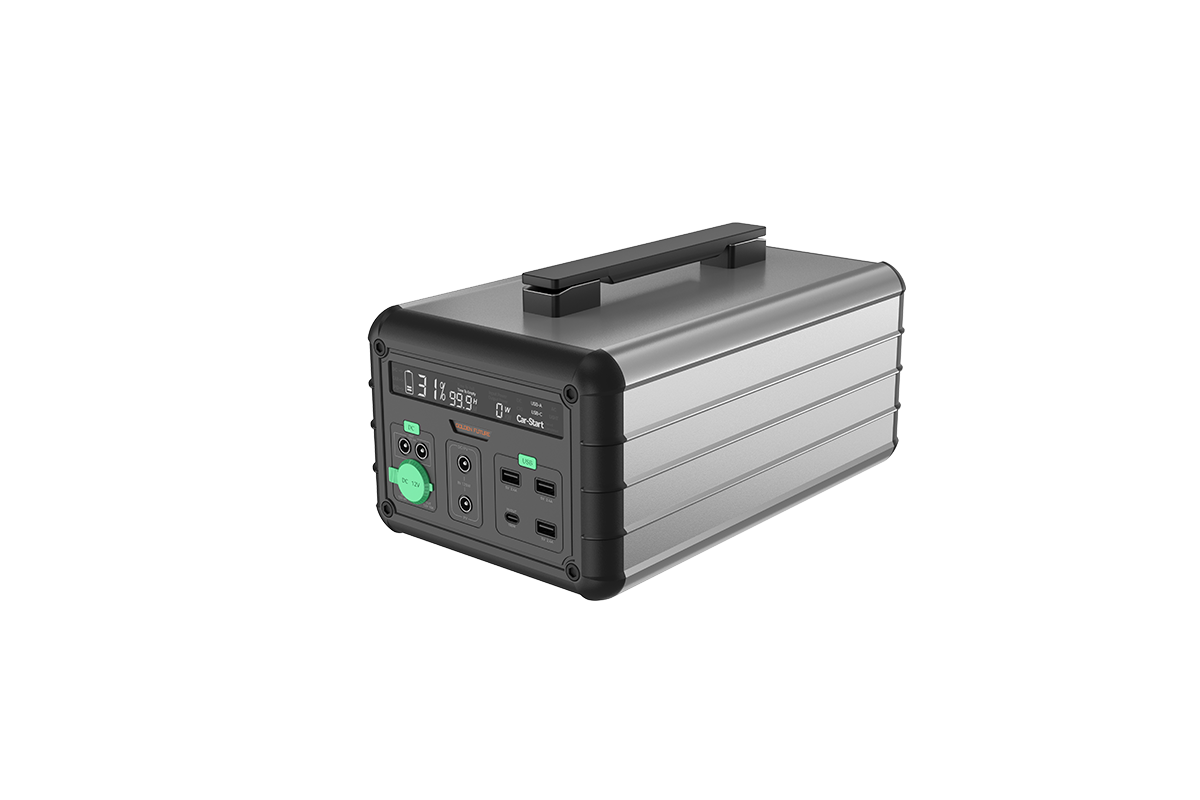

Time:2025-05-30 Views:1

Aqueous zinc - ion batteries (ZIBs) have emerged as a promising option for energy storage applications in recent years. With the increasing demand for sustainable and efficient energy storage solutions, especially to support the growth of renewable energy sources like solar and wind, ZIBs offer several advantages.
One of the primary attractions of aqueous ZIBs is their high theoretical capacity. Zinc has a theoretical gravimetric capacity of 820 mAh/g and a volumetric capacity of 5855 mAh/cm³, which is quite remarkable. This, combined with the two - electron redox reaction of zinc, contributes to a relatively high energy density potential. Additionally, zinc is abundant in the Earth's crust, making it a cost - effective choice compared to some of the more scarce elements used in other battery chemistries, such as lithium.
Safety is another major advantage of aqueous ZIBs. They use water - based electrolytes, which are non - flammable and non - toxic, significantly reducing the risk of fire and explosion hazards associated with organic - electrolyte - based batteries. This inherent safety makes them suitable for a wide range of applications, including grid - scale energy storage, where large amounts of energy are stored in close proximity to populated areas.
In terms of applications, grid - scale energy storage is a key area where aqueous ZIBs can play a crucial role. They can store excess electricity generated during off - peak hours from renewable sources or power plants and release it during peak demand periods. This helps to balance the power grid, reduce the need for expensive peaking power plants, and enhance the overall stability and reliability of the electrical supply system.
Portable electronics also stand to benefit from aqueous ZIBs. As technology continues to miniaturize, the need for safe and high - performing batteries in devices such as smartphones, tablets, and wearables is increasing. Aqueous ZIBs could potentially provide a reliable power source, with the added advantage of not posing a significant safety risk in case of battery failure.
However, there are still challenges to overcome for widespread adoption. One of the main issues is the dendrite formation on the zinc anode during charging. Dendrites can grow over time, leading to short - circuits and reduced battery lifespan. Researchers are actively exploring various strategies to address this problem, such as modifying the electrolyte composition, using protective coatings on the anode, or designing new electrode architectures. Another challenge is improving the cycling stability and rate performance of the cathode materials. Developing cathode materials that can efficiently and reversibly intercalate zinc ions is essential for enhancing the overall performance of aqueous ZIBs.
Read recommendations:
Expansion of Chromium - Iron Redox Flow Battery Energy Storage Capacity